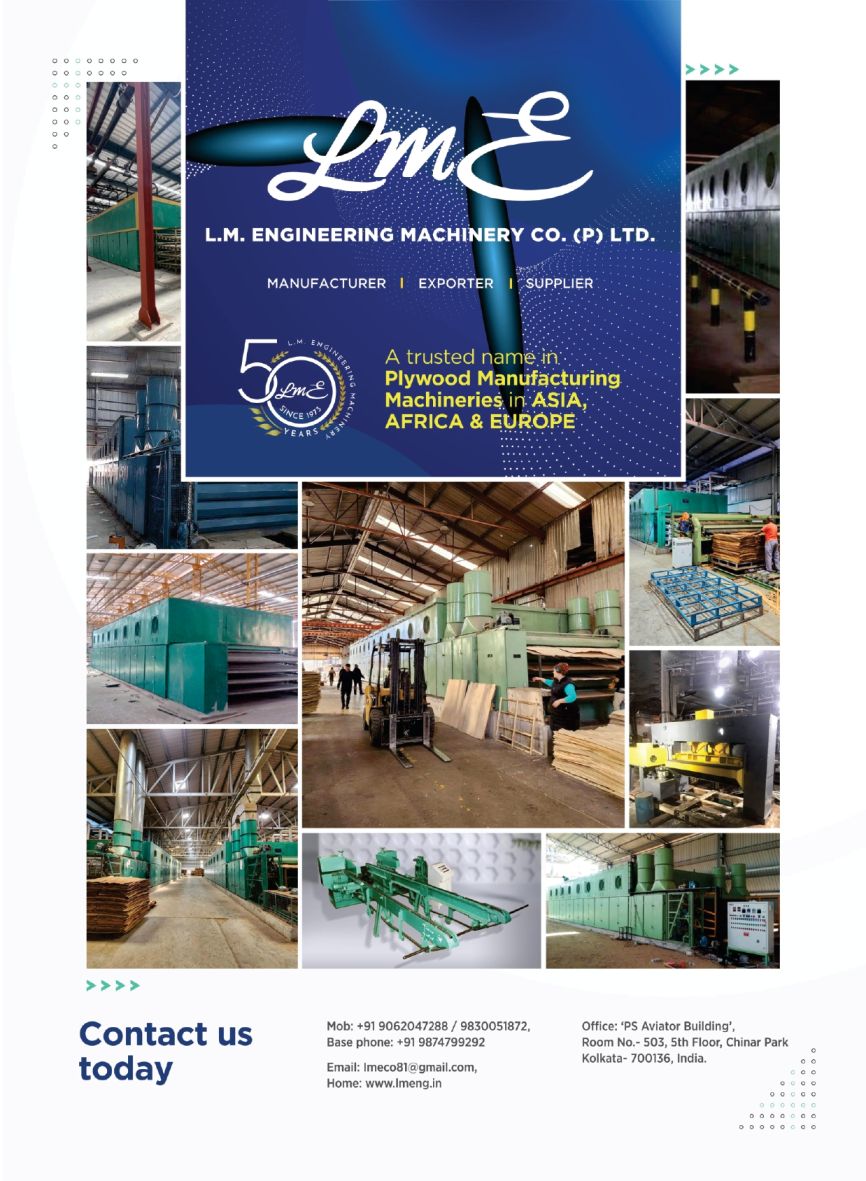
Lack of Customer Confidence in the Property Market
- February 24, 2022
- 0
India’s housing landscape is littered with thousands of stalled housing projects. Stalled or delayed projects spell loss of output and jobs. They also spell grief for homebuyers. Getting these projects through to completion must rank high on the agenda of economic revival.
Stalled housing projects are not strictly a post-Covid phenomenon. These had happened even before Covid struck in early 2020. The problem is not affordability, but a fear psychosis among buyers. Customer confidence has fled in the wake of bad experience with stalled projects, including some high-profile ones.
Residential housing projects area financed through a mix of equity, debt and advances from customers. Builders need advances in order to earn a decent return on their own investment. However, customers today are reluctant to make advances because they are not sure that the project will go through to completion.
Customers are willing to pay only for projects that are completed or near completion. In many cities, the price of an apartment appreciates the moment the builder produces an Occupancy certificate, which is proof that the building is ready for occupation. We have a chicken-and-egg situation facing the residential housing sector. The builder needs advances to complete launched projects but the customer won’t pay till the project is completed. The problem needs to be addressed.
A survey in August 2021 by a property consultant-and reported in the papers-showed that 1,73,740 housing units were stalled across six cities (excluding Mumbai). The value locked up in these projects was R140,613 crore. In addition, housing units that had been delayed numbered 4,54,890 with an estimated value of R3,64,802 crore. SWAMIH covers less than 10 per cent of stalled and delayed housing units.
Customer demand for housing has revived but buyers remain reluctant to pay up significant advances. They are willing to make an exception in favour of builders with strong financial backing (for instance, corporate entities such as L&T, Godrej and Adani). Buyers area confident that, even without significant customer advances, these entities have the financial muscle to complete their projects.
Bank finance is essential to breathe life into stalled or delayed projects. However, banks are wary of taking exposures to developers at the best of times. They will lend to stalled or delayed projects only if there is some mitigation of risk.
बिल्डर और ग्राहक में अविश्वास
देश के आवास क्षेत्र में हजारों ऐसी आवासीय परियोजनाओं की भरमार है जो किसी न किसी वजह से स्थगित हैं। लंबित या तय मियाद से पीछे चल रही परियोजनाओं की वजह से उत्पादन और रोजगार दोनों को क्षति पहुंचाती है। इससे घर खरीदने वालों के कष्ट भी सामने आते हैं। इन परियोजनाओं को प्राथमिकता के साथ पूरा करना आर्थिक सुधार के एजेंडे में प्रमुख होना चाहिए।
लंबित आवासीय परियोजनाओं का सिलसिला कोविड के बाद शुरू नहीं हुआ है। ये 2020 के आरंभ में कोविड आने से पहले भी इस स्थिति में थीं। वास्तंविक समस्या उनकी कीमत की नहीं बल्कि खरीदारों के बीच भय के वातावरण की है। कुछ बड़ी कंपनियों की लंबित परियोजनाओं के साथ उपभोक्ताओं के बुरे अनुभव के बाद उनका आत्मविश्वास बुरी तरह हिल चुका है।
आवासीय परियोजनाओं को इक्विटी, डेट और ग्राहकों द्वारा दी जाने वाली अग्रीम राशि के रूप में वित्तीय मदद मिलती है। बिल्डरों को अपने निवेश पर ठीकठाक प्रतिफल हासिल करने के लिए अग्रिम राशि की आवश्यकता होती है। बहरहाल, आज ग्राहक अग्रिम राशि देने के इच्छुक नहीं हैं। क्योंकि वे सुनिश्चित नहीं होते कि परियोजना पूरी होगी भी या नहीं। ग्राहक केवल उन्हीं परियोजनाओं के लिए राशि चुकाने के इच्छुक रहते हैं जो पूरी हो चुकी हैं या पूरी होने वाली हैं। कई शहरों में अपार्टमेंट की कीमत उसी समय बढ़नी शुरू हो जाती हैं जब बिल्डर ऑक्युपेंसी प्रमाणपत्र हासिल कर लेता है। इस प्रमाणपत्र का अर्थ यह होता है कि इमारत रहने के लिए तैयार है। रिहायशी आवास परियोजना क्षेत्र में मुर्गी और अंडे जैसी स्थिति है। बिल्डर को शुरू की जा चुकी परियोजना को पूरा करने के लिए अग्रिम राशि की आवश्यकता होती है जबकि ग्राहक तब तक राशि नहीं चुकाना चाहता जब तक कि परियोजना पूरी न हो जाए। इस समस्या को हल करने की आवश्यकता है।
अगस्त 2021 में एक परिसंपत्ति सलाहकार द्वारा किए गए सर्वेक्षण में बताया गया था कि मुंबई को छोडकर छह अन्य शहरों में 1,73,740 आवासीय इमारतें निर्माणाधीन और लंबित थीं। इन परियोजनाओं में करीब 140,613 करोड़ रुपये की राशि फंसी थी। इसके अलावा करीब 3,64,802 करोड़ रुपये मूल्य के 4,54,890 आवास निर्धारित समय से देरी से चल रहे थे। SWAMIH कुल लंबित और देरी से चल रही परियोजनाओं के 10 फीसदी से भी कम को कवर करती है।
आवास को लेकर ग्राहकों की मांग सुधरी है लेकिन खरीदार अभी भी अग्रिम राशि देने के बहुत इच्छुक नहीं है। वे उन्हीं बिल्डरों को अग्रिम राशि देना चाहते हैं जिनकी वित्तीय स्थिति पहले से मजबूत है। उदाहरण के लिए एलऐंडटी, गोदरेज और अदाणी जैसी कंपनियां। खरीदारों को यकीन है कि बिना उपभोक्ताओं की अग्रिम राशि के भी इन संस्थानों के पास परियोजनाओं को पूरा करने की वित्तीय ताकत है। लंबित या देर से चल रही परियोजनाओं को पूरा करने के लिए बैंक फाइनैंस जरूरी है। हालांकि बैंक भी डेवलपरों को ऋण देने से बचते हैं। वे लंबित या देर से चल रही परियोजनाओं को तभी ऋण देंगे जब जोखिम कुछ कम हो।































































